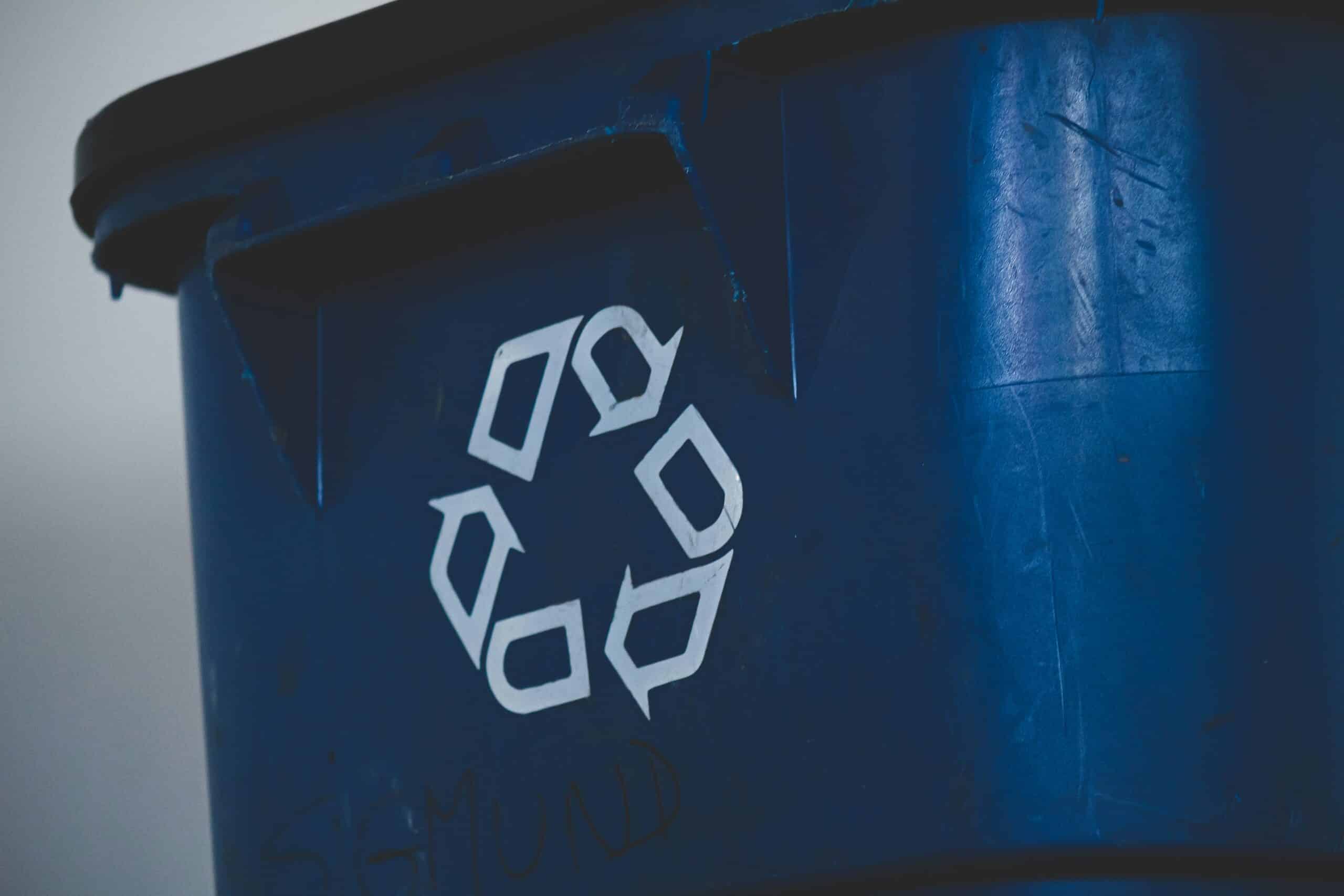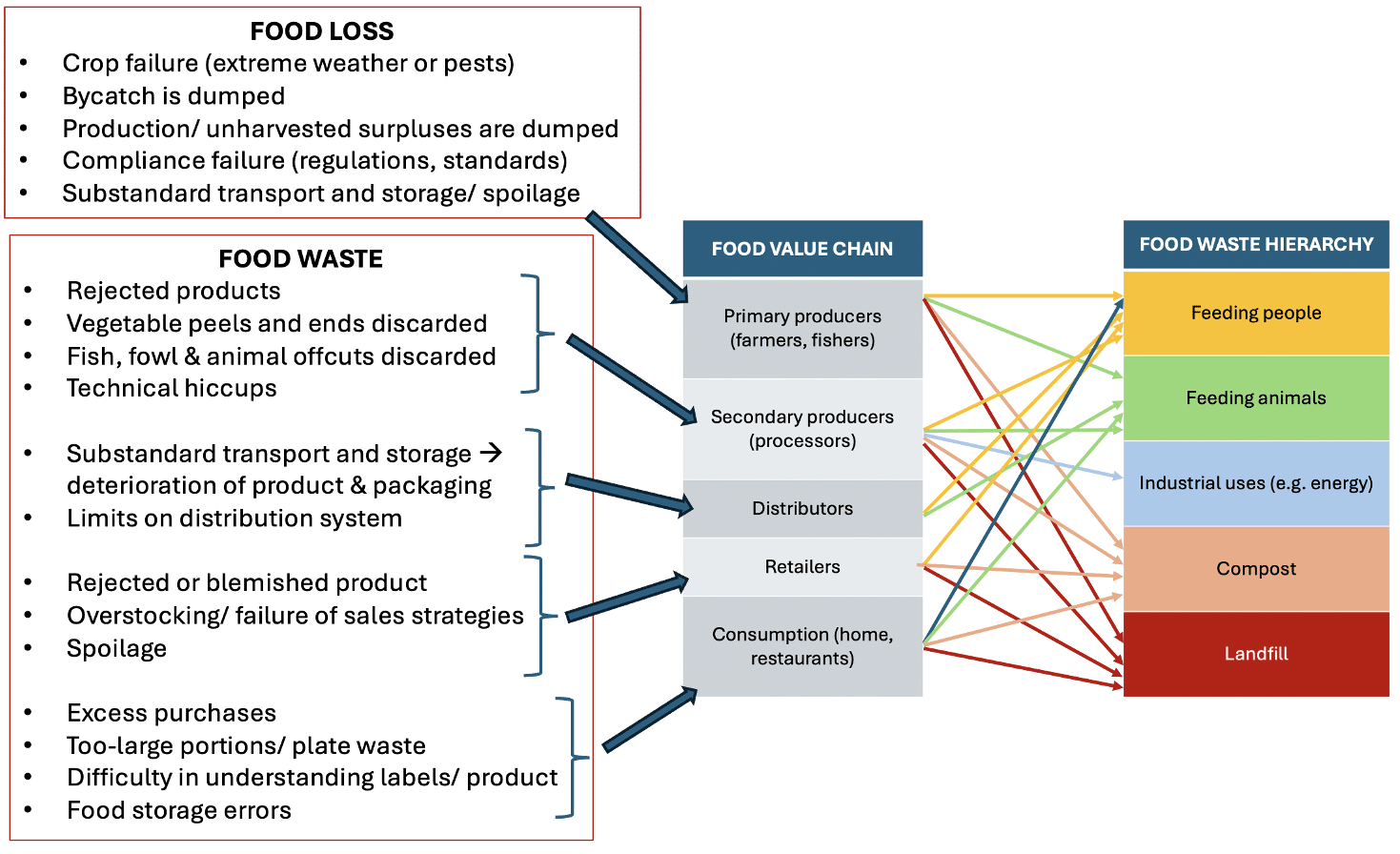Putting the ‘oh’ into Zero Waste

Photo by Sigmund on Unsplash
Zero waste sounds daunting. What, for example, can you do with your olds sports kit when it wears thin? The shell after you’ve squeezed an orange? The cork from your bottle of wine? What do you with your pizza box, and the plastic containers that potted plants come in?
Though there are answers to most of these, it is daunting. It’s understandable that even people who care – those who aim to live by the reduce-reuse-recycle mantra – shrug off the idea of zero waste.
But as Anne Marie Bonneau, the “zero-waste chef”, says: “We don’t need a handful of people doing zero waste perfectly. We need millions of people doing it imperfectly”.
This year, SOLVE@ Waterfront is working with our V&A Waterfront and Two Oceans Aquarium Foundation colleagues to launch our Zero Waste Platform. We are setting out with curiosity and excitement to find out as much as we can; and to inspire as many people as possible to join us in “doing zero waste imperfectly”. Our goals:
- Behavioural change
- Environmental stewardship
- Thought leadership about what is achievable
What is Zero Waste anyway?
It must be pointed out that “zero” is an aspiration. The journey puts the spotlight on reducing waste (generating less of it), and maximising resource recovery. In essence, Zero Waste is about moving away from the linear pattern of make-use-dispose, and into a circular way of thinking: responsible production, consumption, reuse, and recovery of products, packaging, and materials.
It’s a logical area of exploration for the V&A Waterfront, given its commitment to sustainability generally, and in particular to being a leading example of circularity in action. We started our Zero Waste work in 2023, and are delighted, this year, to be pulling so many threads together.
Zero Waste is also aligned with the UN’s Sustainable Development Goals (#12): Sustainable Production and Consumption.
The focus on food
To kick off our Zero Waste Platform, we’re focusing on organics and, more specifically, food. With more than 100 eateries across its neighbourhoods, from corporate canteen to family to fine dining, the V&A is a good place to explore whether and how we can eliminate food waste. We see this as the socially and environmentally responsible thing to do: we’re highly conscious of the social costs of hunger across our city and beyond; and of the environmental cost that flows from careless food production systems, and the waste that follows.
Let’s put some figures to it:
At least one in every 11 of us globally, according to the UN, is hungry. Hunger is concentrated in Africa, where one in five people is hungry.
At the same time, it’s estimated that one-third of all food produced globally today goes to waste. That is equal to about 1.3 billion tons of fruits, vegetables, meat, dairy, seafood, and grains that either never leave the farm or open seas, or get lost or spoiled during distribution, or are thrown away in hotels, grocery stores, restaurants, schools, or home kitchens.
- Food waste = global warming. Food that is lost or wasted contributes 8-10% of annual global greenhouse gas emissions, nearly five times the total emissions from the aviation sector.
- South Africa is worse than most. While the global scorecard of food waste is one third, South Africa’s own scorecard, at an estimated 10.3 million tons a year, amounts to 45% of our available food supply.
- We’re personally becoming more careless. The majority of losses and waste (49%) happen in the processing and packaging stages. However, we’re seeing massive growth in waste leaving our plates: the most significant difference between 2013 and 2021 studies was at the consumption stage, where waste more than tripled from 5% to 18%.
In a zero-waste world, nothing that can be used as food would ever go to landfill – what cannot be used to feed humans or livestock, would be composted and used to replenish the soil, resulting in healthier and more productive crops.
The food business at the V&A – sales and restaurants – take place at the consumption end of the value chain. That’s where we have most control, and we’re naturally putting most of our energy into that final stage of the value chain. However, our food ecosystem can also influence what happens further back on the value chain, through the choices our retailers make about what they put on their shelves, and who our restaurants choose to procure from, and the values that underlie those choices. We’re therefore also doing some work in exploring how we can make a positive impact there.
The food value chain
The food value chain – which gives us clear intervention-point indications where waste happens in the system – is quite intuitive when you look at it.
Food is lost right at the beginning, with the producers; and it’s wasted at every step of its journey to our plate, and beyond. In understanding where we could most usefully intervene, and where those interventions have impact, it’s also useful to have a look at where lost or wasted food goes. See below:

What the Waterfront already does
The Waterfront has been on a sustainability journey for many years, and waste management has been a big part of that. Businesses based at the Waterfront, for instance, are strongly incentivised through training and commercial benefits to separate their waste before our teams come to take it away, which in some cases happens several times a day. The approach has been effective: in February 2025, for instance, nearly 68% of waste produced on site was recycled. In environmental terms, that translates to more than 2m litres of water saved, along with 618 770 kWh of energy, more than 1 300 trees, and nearly 1 400 barrels of oil saved in production of new materials. There would also be around 200 500kg less carbon dioxide being pumped into the atmosphere, and more than 1 600 cubic metres of landfill saved through waste diversion. The latter is particularly important because the Cape Town landfill sites to which our waste must go are filling up faster than the City is able to create more landfill space.
In addition to our waste management efforts, we also run a Sustainable Seafood campaign, encouraging our food ecosystem and their patrons to make choices that better support the health of the ocean and the communities that depend on it (a large part of that is eliminating the rubbishing of bycatch and other waste); and we run an annual circularity innovation challenge.
But collectively, we at the Waterfront believe we can do better. We take inspiration, for instance, from London’s Silo Hotel, which has a vision of being “a restaurant with no bin”, and which has eliminated, it says, 99,9% of its waste through measures such as adopting fermentation techniques to extend the shelf life of fresh ingredients, partnering only with suppliers who use reusable and returnable vessels so there’s no single-use packaging, and developing recipes to use up food that might otherwise have been wasted, such as its famous “siloaf ice cream sandwich” with leftover bread. Closer to home, Cavalli in Somerset West has earned a Michelin green star for sustainability; and Fyn restaurant in central Cape Town was awarded the Sustainable Restaurant Association’s three-star rating, the first restaurant in Africa to be so recognised. Waste-reduction innovations at our own Table Bay and One&Only hotels have inspired us too.
How the programme will roll out
We know we need to dig deeper. Many restaurants that serve hot chips, for instance, prefer to have their potatoes delivered ready-peeled, chipped and frozen. But we must ask: what happened to those peels over at the production facility? In choosing this convenience, are we effectively outsourcing waste management? What innovations might be possible in bringing products from farm to market? Might it be possible to switch to reusable bags or crates, especially for the commercial sector who buy repeat orders in bulk?
Being conscious about waste requires us to apply our minds, in some cases to relearn forgotten skills, and to accept the loss of certain conveniences. “Convenience food has deskilled us,” says V&A Waterfront’s head of food, Allister Esau, speaking not only of home cooks but also of commercial kitchens. Putting in the time and effort to reverse this “deskilling” is its own reward, as anybody who has embarked on this journey can testify. Radish-leaf pesto, anyone?
Over the course of 2025, we are working closely with our programme partners: Abalobi, World Wildlife Fund’s SASSI, SA Chefs Association, SA Urban Food and Farming Trust, SA Harvest, Ladles of Love, our tenants and their suppliers and other entities who feel equally passionate about Zero Waste. We will do deep research into what others already know, and what we still need jointly to find out. We’ll organise panel discussions and think tanks where our Zero Waste community can test ideas and thinking; and events where we can share this with others who would like to find out more. At every point, we’ll feed back – so keep an eye on this space